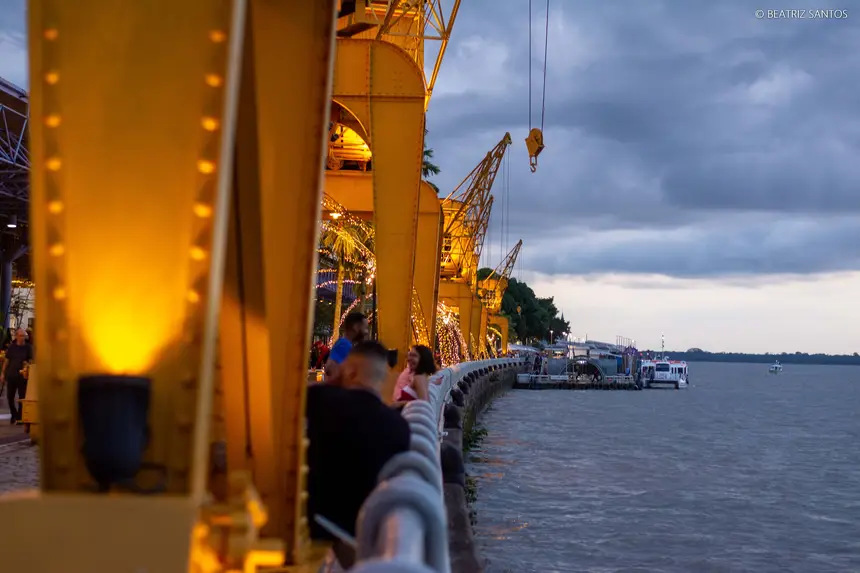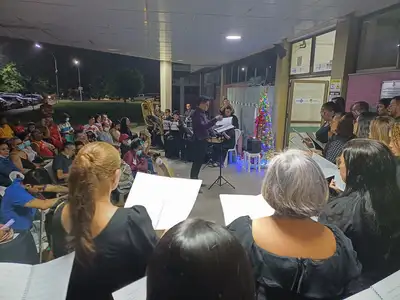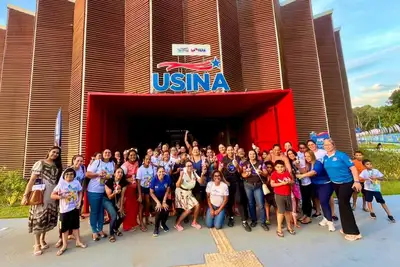In Belém, Estação das Docas ensures daily connection with the power of the Guajará Bay
A complex of coexistence, leisure, gastronomy, and art attracts daily visitors passionate about the place, yet another cultural heritage of the capital of Pará
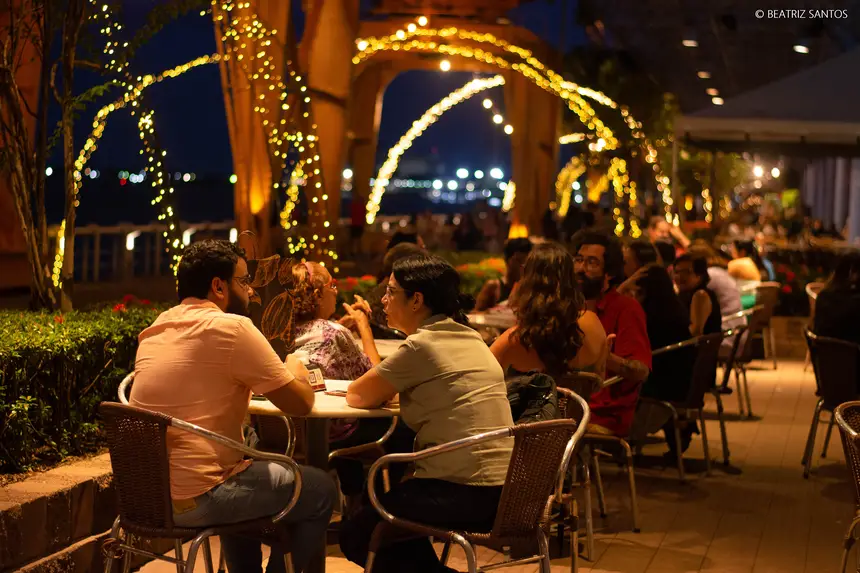
In Belém, Estação das Docas ensures daily connection with the power of the Guajará Bay
A complex of coexistence, leisure, gastronomy, and art attracts daily visitors passionate about the place, yet another cultural heritage of the capital of Pará
Cousins Ester Gouveia and Ana Beatriz Ziviani know well the vocation of the Estação: a tourist complex that allows coexistence with the beautiful Amazonian scenery, as a space for meetings and memories on the banks of the Guajará Bay. “Since childhood, the Estação has always been a magical place for me and my family. Coming here, looking at the river, feeling the wind on my face, watching the sunset, is priceless,” says Ester, a 30-year-old educator.
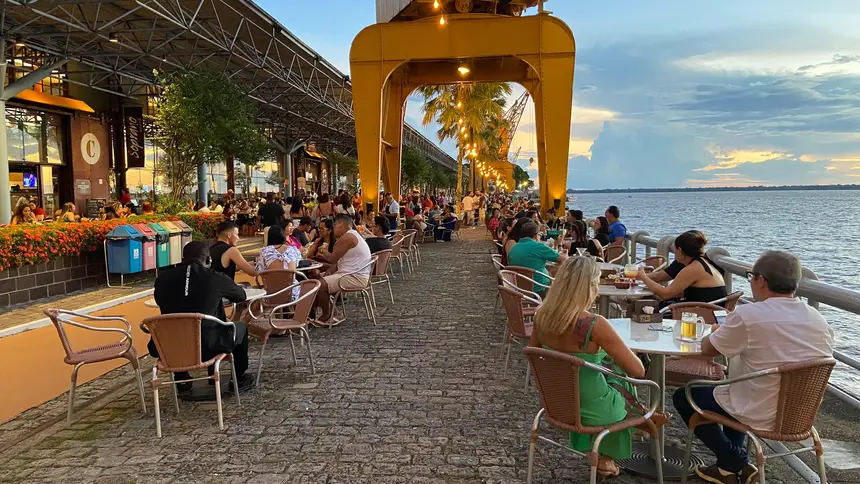
Ana Beatriz, who recently arrived from São Paulo, used to visit the Estação only during trips to see family. Now living in Belém, she has already been to the complex five times in less than a month.
“Whenever I came to see Ester, the Estação was a certain stop. Now that I live here, it has become our meeting point. I can't resist the ice creams with regional flavors and I'm still amazed by the beauty of this place,” says the 23-year-old nurse. For the two cousins, the space is synonymous with home and reunion.
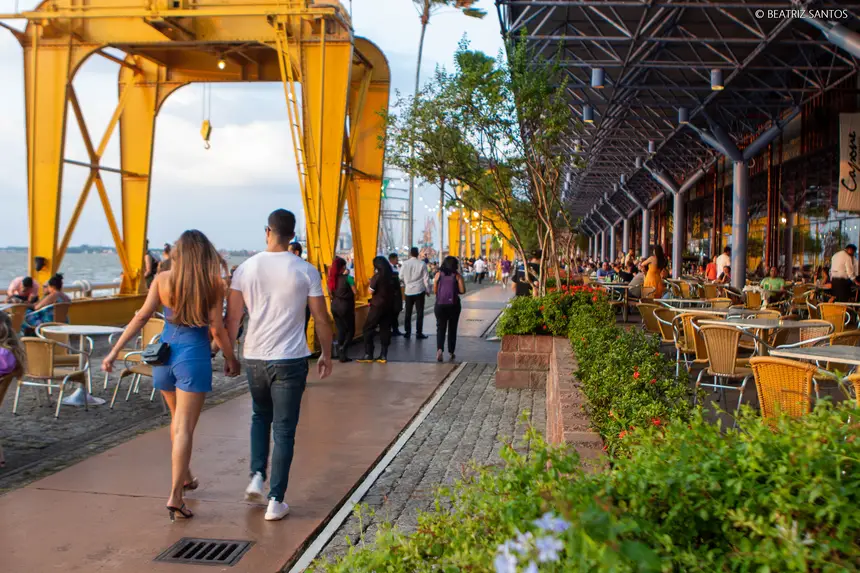
Estação das Docas celebrates 25 years
This Tuesday (13), Estação das Docas completes 25 years as a tourist and cultural complex, and a reference for urban revitalization.
“Celebrating the 25 years of Estação das Docas is reaffirming the commitment to the city, to culture, and to the people who make this space a living heritage. The Estação is more than an architectural landmark. It is a place where everyone comes to appreciate the river, celebrate, and live special moments. Our job is to ensure that it continues to be this link between the past and the future,” says the president of OS Pará 2000, Ruan Rocha.
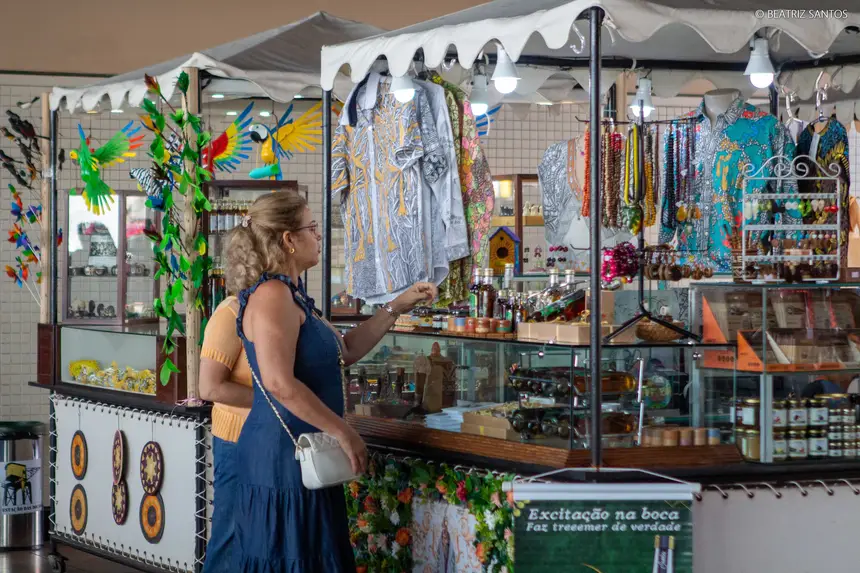
The resumption of Belém's relationship with the Guajará Bay, and the consequent transformation of an old port area into a hub of coexistence, leisure, gastronomy, and art, are among the main marks of Estação das Docas, as a space that has become one of the main postcards of the capital of Pará.
Old port structure has been redefined
Before the revitalization, the warehouses that make up the Estação were part of the old structure for the flow of rubber and other riches of the Amazon. Over time, and with the decline of port activity, the area fell into disuse, isolated from the daily life of the city.

The reurbanization project, in the 1990s, was designed by architects Paulo Chaves Fernandes and Rosário Lima. They envisioned the restoration of the warehouses while preserving their original architecture and giving new social and cultural functions to the space.
The three century-old warehouses, built with English iron structures in the 19th century, were restored and adapted for new functions, housing restaurants, shops, exhibitions, theater, and other spaces for cultural events.
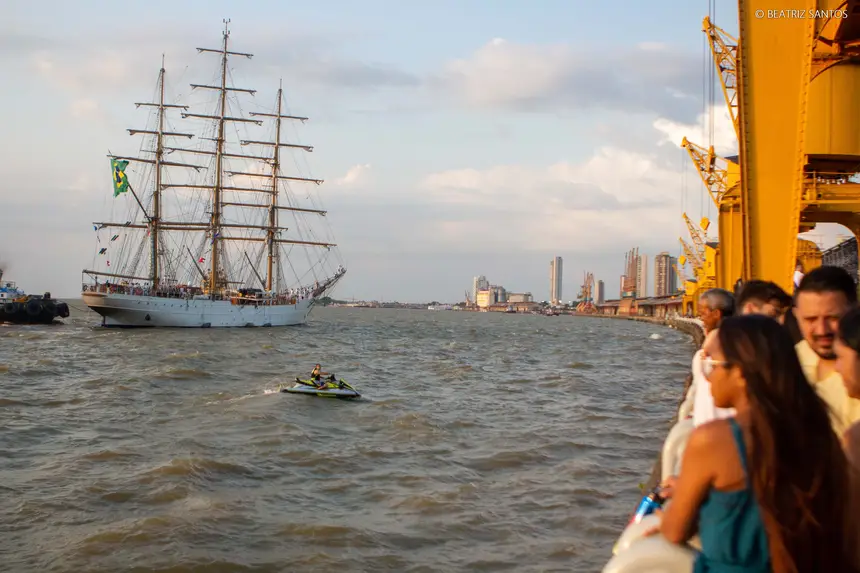
The old port cranes, manufactured in the United States, were also preserved, and today they are symbols of the Estação, framing the waterfront landscape with a touch of historical memory.
Complex provides new experiences
Another striking example of creative reuse is the repurposing of the old movable bridges — previously used in port operations — as a structural base for a suspended stage, now the central point of daily musical performances. A symbolic way to give new life to historical elements without erasing their origin.
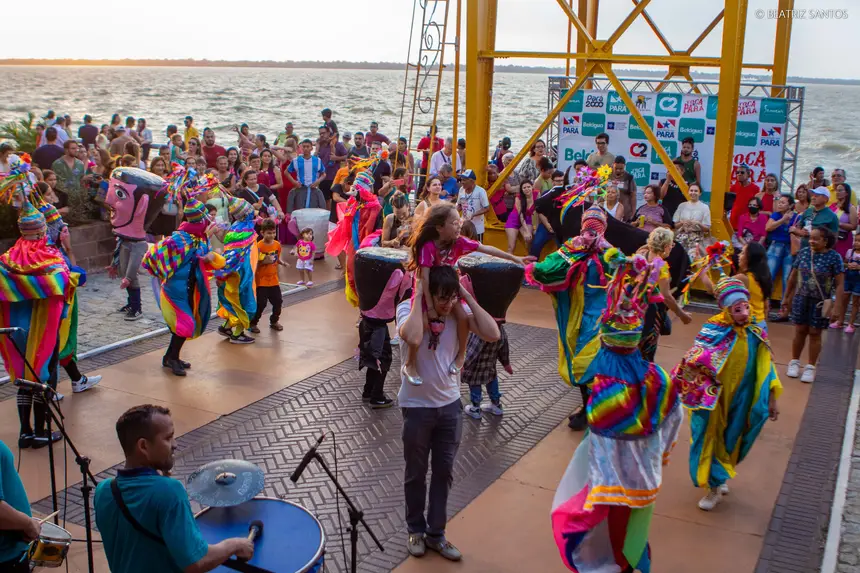
Among the many faces that have accompanied this transformation from the beginning is that of Paulo Natividade, the longest-serving employee at Estação das Docas. He started working at the site even before the inauguration, as a welder.
“I first stepped into the Estação on November 15, 1999. There were only five months left until the opening. I remember perfectly the day of May 13, 2000, the day of the inauguration, which was on a beautiful Mother’s Day Sunday,” recalls Natividade.
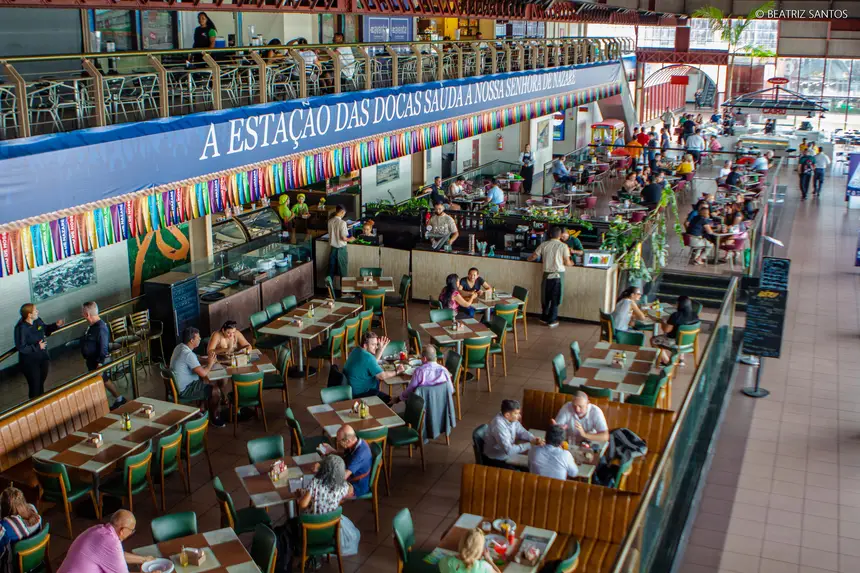
Currently in charge of electrical maintenance, Paulo knows every corner of the complex. “What caught the most attention were the suspended stages, people would stop to watch. The carimbó circles also attract a lot of the audience, who enjoy dancing along. I was one of those who used to stay after work to watch the performances,” he says.
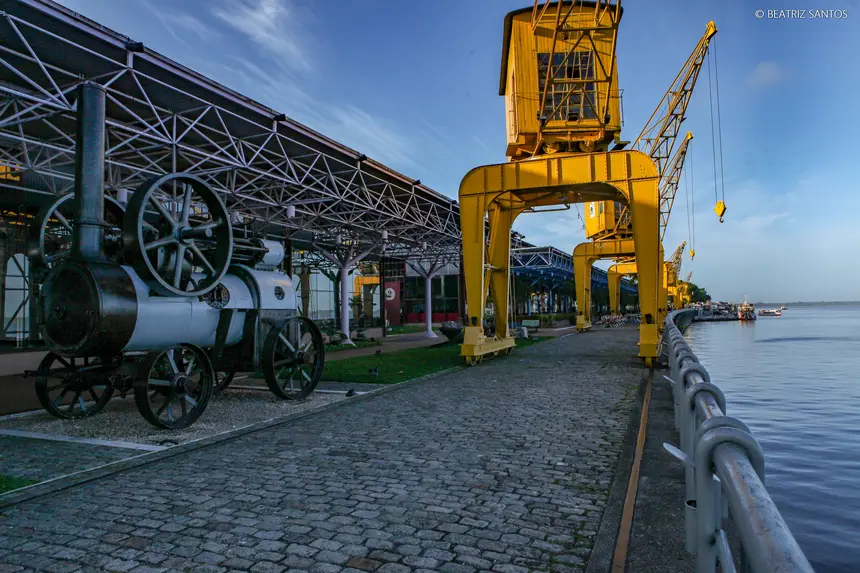
The lawyer and public servant Cláudio Vieira is just one example among hundreds of admirers of the place. “One of my great passions is spending the late afternoon at Estação das Docas, enjoying the river and tasting the best menus and drinks in the city. Whenever I can, I am at the complex, and when I have friends visiting from outside, I make a point of taking them to know the best place in the capital: the Estação, where I know they will have a true sample of our Amazon, our rivers, cuisine, and culture,” says Cláudio Vieira.
Text by Beatriz Santos / Ascom OS Pará 2000


